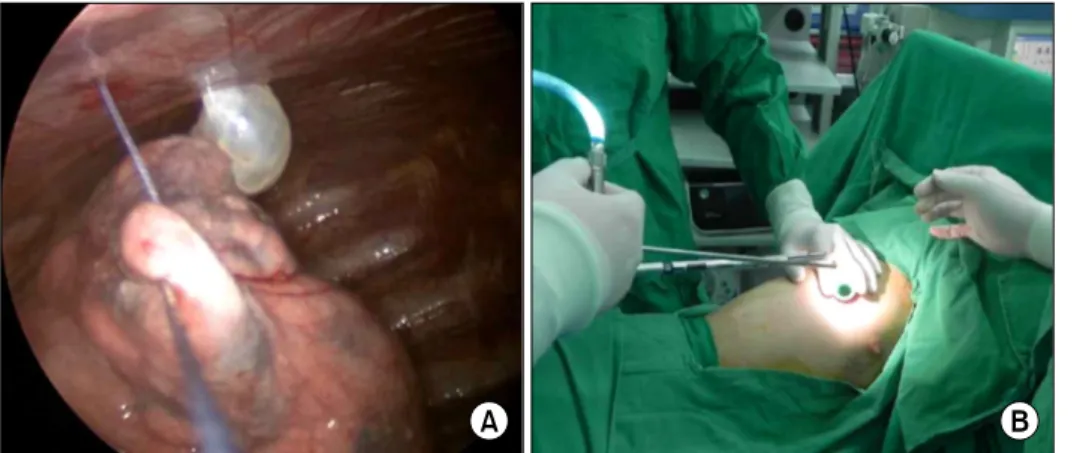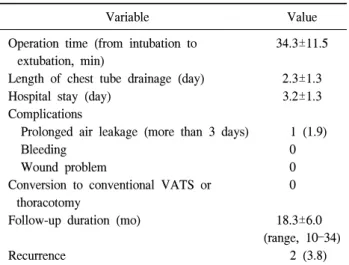ISSN: 2233-601X (Print) ISSN: 2093-6516 (Online)
Department of Thoracic and Cardiovascular Surgery, Chungnam National University School of Medicine Received: May 22, 2015, Revised: August 4, 2015, Accepted: August 5, 2015, Published online: April 5, 2016
†The 46th Annual Meeting of The Korean Society for Thoracic & cardiovascular Surgery as poster presentation.
Corresponding author: Min-Woong Kang, Department of Thoracic and Cardiovascular Surgery, Chungnam National University Hospital, Chungnam National University School of Medicine, 282 Munhwa-ro, Jung-gu, Daejeon 35015, Korea
(Tel) 82-42-280-7375 (Fax) 82-42-280-7373 (E-mail) dreamerkang@hanmail.net
C
The Korean Society for Thoracic and Cardiovascular Surgery. 2016. All right reserved.
CC

